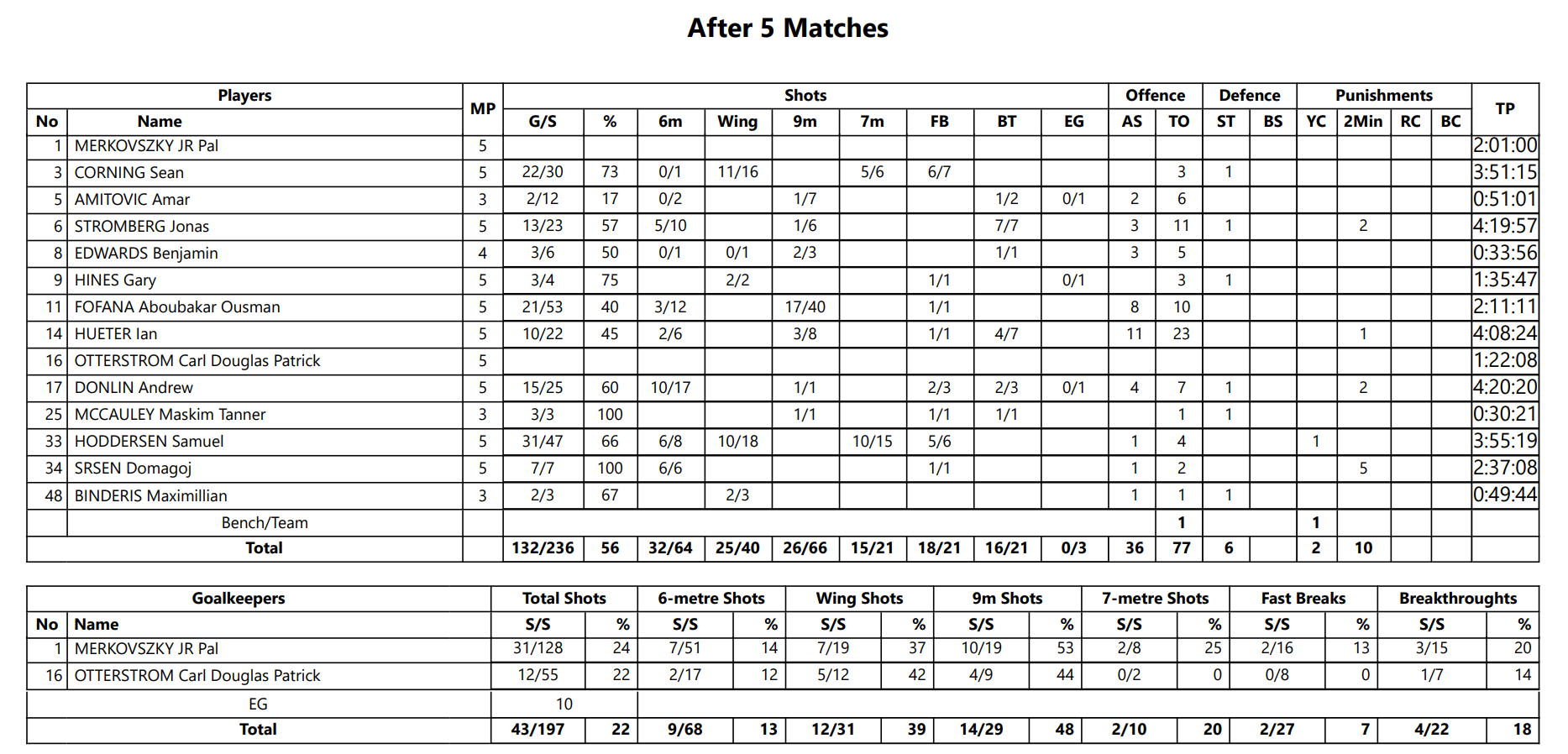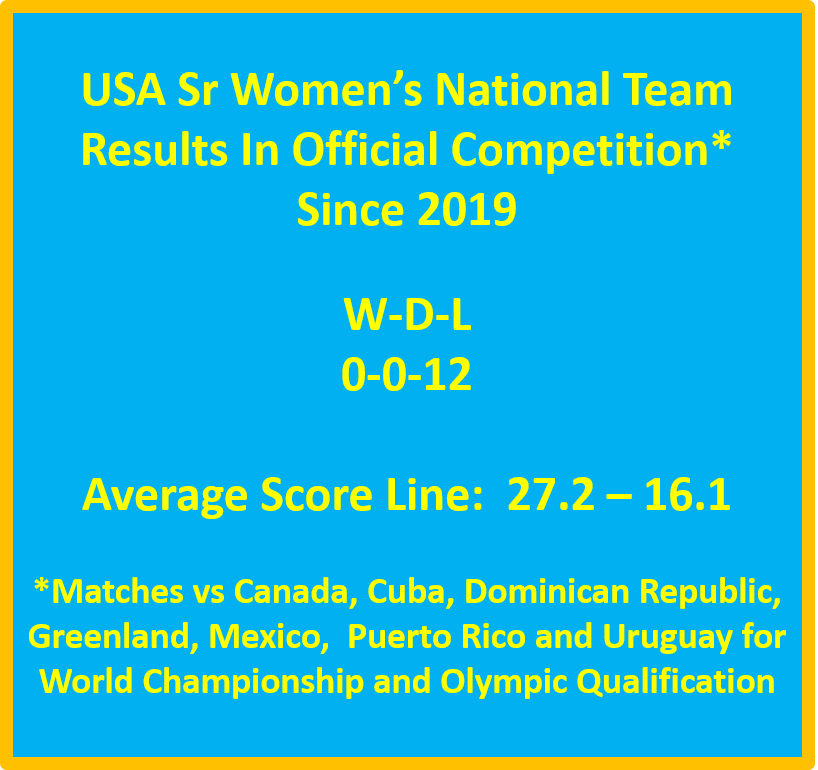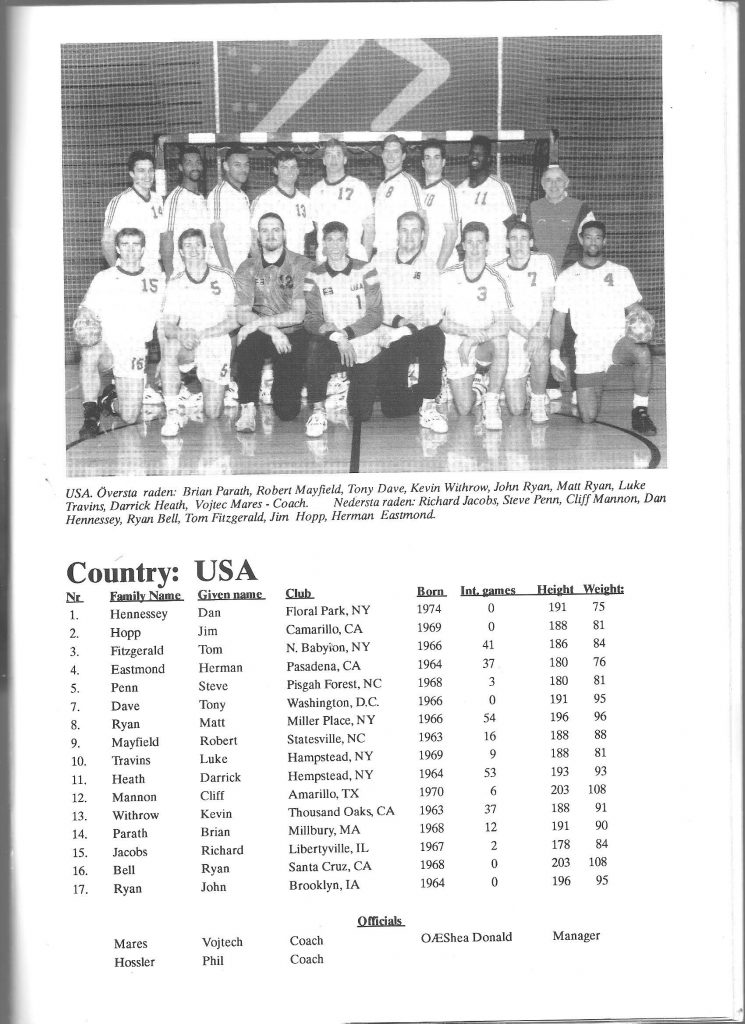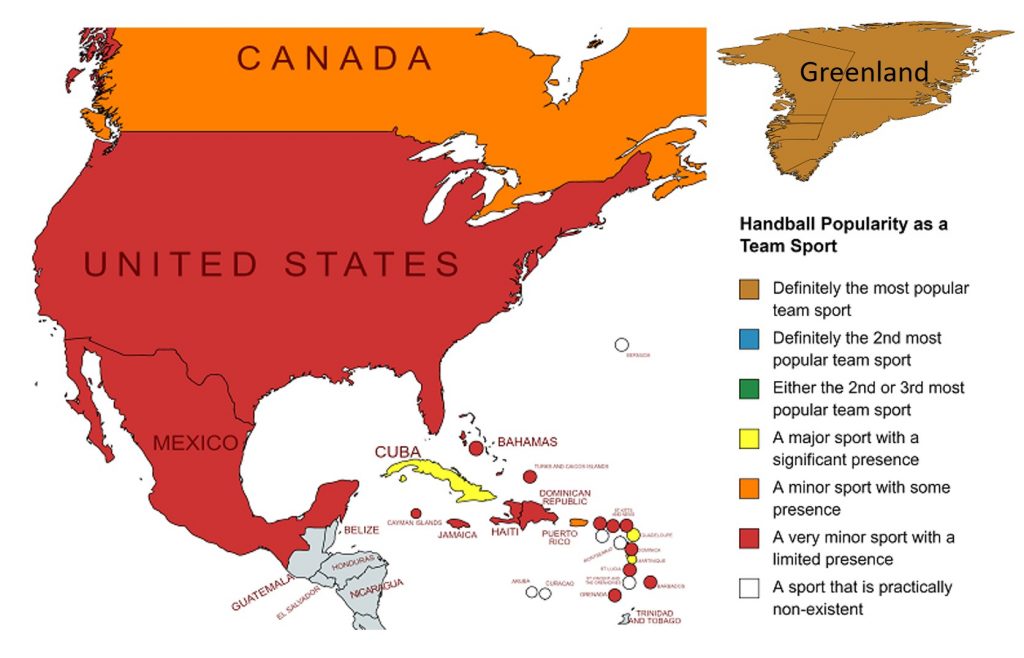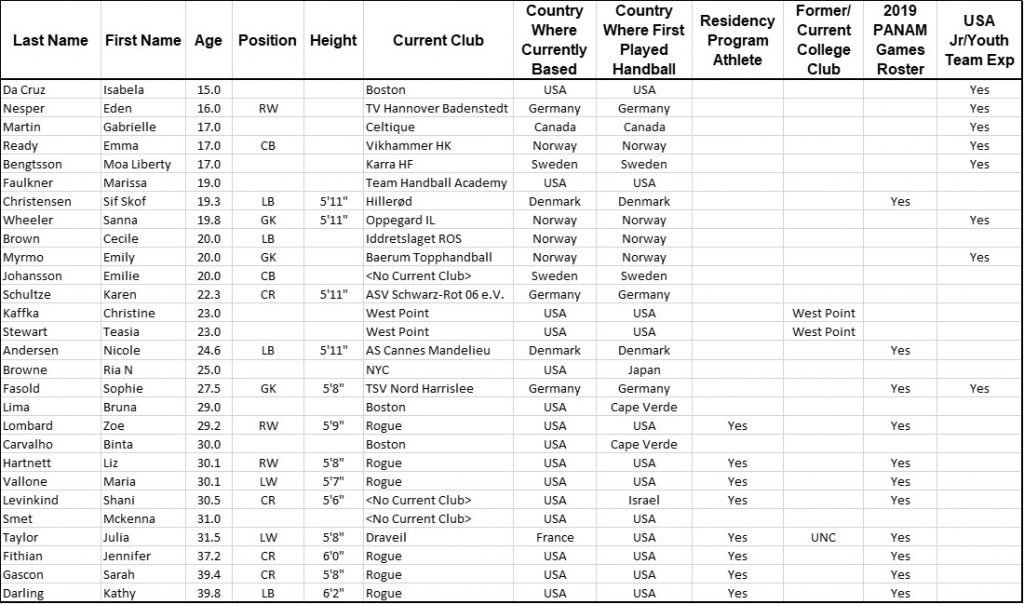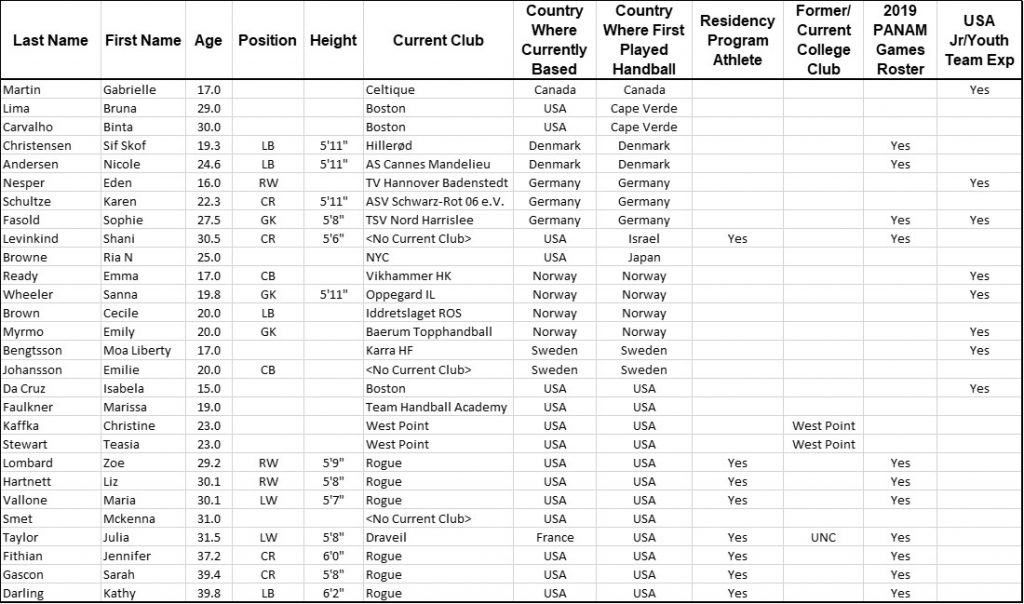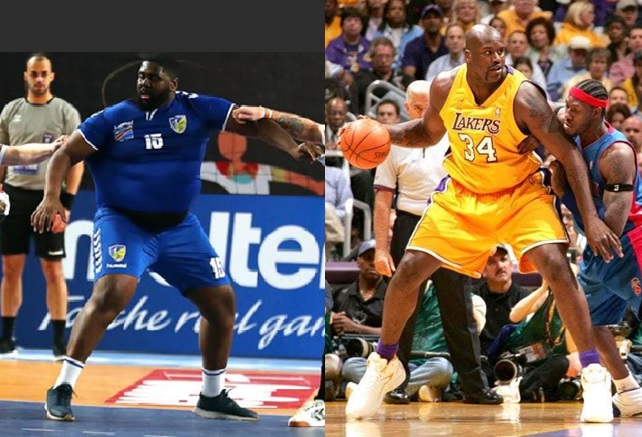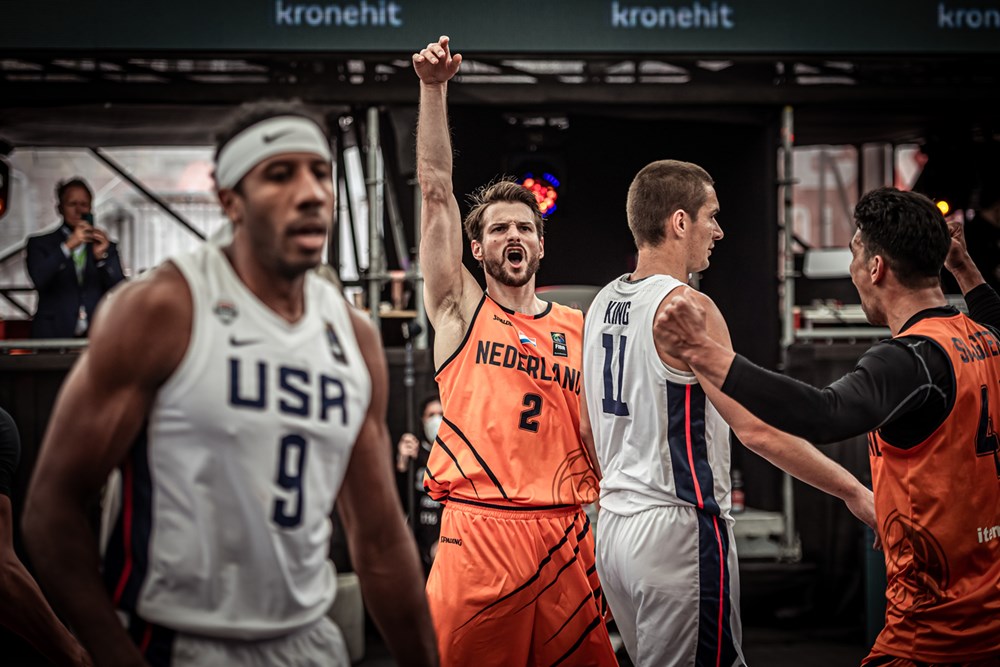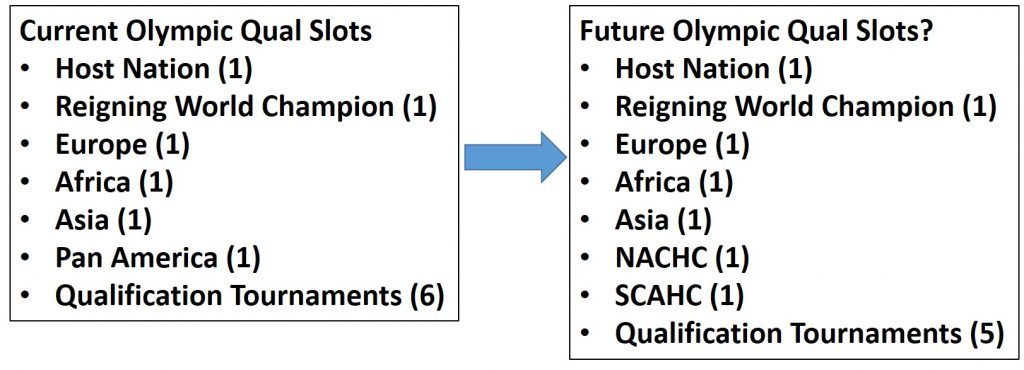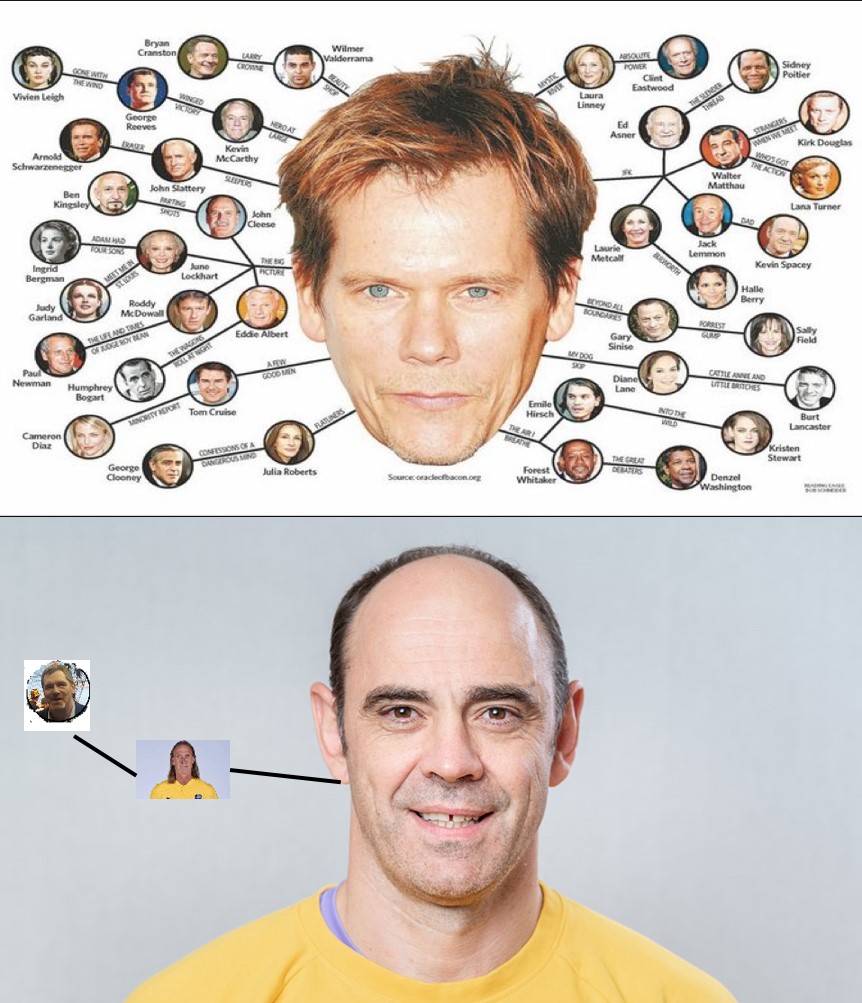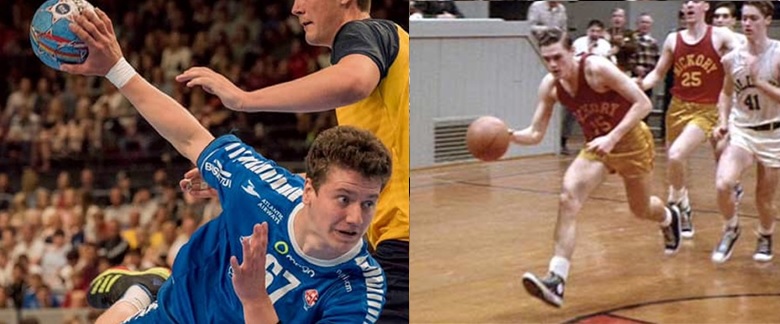With the 2021-24 Olympic Quadrennium now over for the USA Men here’s a review of the 2023 PANAM Games competition and a quick look ahead to the next Olympics
2023 PANAM Games Review

Group Play Results
- USA – Argentina 14-28 (10-11)
- USA – Cuba 30-28 (17-14)
- USA – Uruguay 34-30 (19-15)
The U.S. started their tournament with maybe their best half performance of the competition vs the eventual champions, Argentina. They even had a 3 goal lead with 6 minutes left in the 1st half before Argentina woke up to take a 10-11 lead at the half. Then, arguably the U.S. played their worst half of the tournament as Argentina outscored them 3-17 the rest of the way. Their match against NORCA rivals, Cuba was a really tight affair and Cuba even led 27-28 with 3.5 minutes to go before the U.S. closed out the match with a 3 goal run to win 30-28. The match against Uruguay was close most of the 1st half, but the U.S. broke out of a 13-13 tie with a 6-2 run to create a 4 goal gap that was the eventual margin for the final scoreline of 34-30. So overall, the U.S. lost to the big favorite, but took care of business against Cuba and Uruguay to advance to the semifinals
Knockout Phase
- Semifinal: USA – Brazil 27-40 (13-23)
- 3rd Place: USA – Chile 27-28 (13-15)
I didn’t get to see these matches due to the PANAM Sports Channel’s decision to broadcast other sporting events taking place at the PANAM Games. I’ve no idea how that decsion was made, but it was truly disappointing because unlike most of the other competitions handball had an Olympic Games slot on the line. Based on the scorelines and the stats the match against heavily favored Brazil went according to expectations while the match vs Chile exceeded expectations as the U.S. took host team Chile down to the wire apparently missing a shot in the closing seconds to tie the match.
Individual Athlete Statistics: Link

Here are a few notes on some individual performances:
Wings: Sam Hoddersen and Sean Corning both had solid, consistent performances throughout the tounament. And, Hoddersen’s 13 goals on 16 shots vs Cuba is probably up there on the list of all time USA wing performances in an individual match
Backcourt: The U.S. struggled at times to get consistent scoring from all 3 backcourt positions. In particular, Abou Fofana’s shooting accuracy seemed to be either be on or off. When he was “on” and scoring on jump shots from 9-10 meters at a high percentage it changed the whole complexion of the U.S. offense, freeing up scoring options on the wing, circle and breakthough goals for the other backcourt players. But, when he was “off” it had a reverse effect as the team struggled to score in a set offense. Ian Huter, had a typical solid performance quarterbacking the team at centerback and Joey Stromberg, given his first real opportunity for extended playing time also played well at times.
Circle Runners: The tandem of Drew Donlin and Domagoj Srsen did a solid job of anchoring the defense, but Donlin’s shooting percentage of 60% (15 of 25) was significantly lower than than his 88% at the WC. Conversely, Srsen, who normally just plays defense was 7 for 7.
Goalkeepers: Both Merkovsky and Otterstrom had their moments, but their save percentages were lower than their World Championship performances and with the 5 U.S. opponents at the PANAM Games being weaker than the opposition at the World Championship expectations would have seen those percentages improve a bit.
The Key Missing Player: Not having Alex Chan on the roster was a big loss for the U.S. I think if he had been available the matches vs Cuba and Uruguay would have been more comfortable wins and maybe one more experienced backcourt option would have put the U.S. over the top in the bronze medal match.
Overall Assessment
Overall, it’s hard to be displeased with a 4th place finish. After all, it’s the best USA Men’s finish since the 2003 PANAM Games when the U.S. finished 3rd. And, while it’s hard to compare different eras, the teams the U.S. faced back in 2003 weren’t nearly as strong as the teams are today as Argentina and Brazil were just starting to improve to the level of play they have had for the last decade or so.
But, make no mistake… the U.S. is not to the level of Argentina and Brazil. Just as they did at the 2023 World Championships, the U.S. showed that they can compete with top teams, but the team lacks the depth and consistency to do so for a full 60 minutes. Beating a top tier team is now possible, but it’s perhaps around a 1 in 15 probability.
Conversely, the U.S. demonstrated that they are a notch above Uruguay and Cuba. Those matches, particularly, the one vs Cuba were closer than I would like, but in crunch time we took care of business. We didn’t beat ourselves and that’s a key step towards beating better teams in future competitions.
Finally, taking a team like Chile down to the wire on their home floor is a positive sign and a confirmation that the USA Men belong in the next rung below teams like Argentina and Brazil. Chile has qualified for the past 7 Handball World Championships and prior to the PATHF split to NORCA and SCAHC and the expansion of the WC to 32 teams they were the target team that had to be beaten to qualify for a WC. We are now at that level. The USA, thanks to an IHF decision granting us wild cards, doesn’t need to qualify for the 2025 and 2027 World Championships, but we clearly belong now anyway,
Looking Ahead to LA 2028
While most handball nations are constantly preparing their handball teams for the next event the U.S. has traditionally been very focused on Olympic competition. There are a number reasons for this different focus, but it’s primarily due to the increased emphasis on the Olympics in our country and the accompanying support from our Olympic Committee. In simple terms are Olympic Committee doesn’t really care much as to what happens in other competitions.
With Paris 2024 qualification now an impossiblity the focus turns to 2028 and the guaranteeed Olympic qualification that comes with it. And, although it’s 5 years away, I’ll just slightly modify what I’ve been saying for the past couple of years.
What I’ve been saying: We already know around 70-80% of the athletes who will make up our roster at the 2028 Olympics
What I’m saying now: We already know around 95% of the athletes who will make up our roster at the 2028 Olympics
In 2019 I took an in depth look at our National Team (Part 1 Part 2) and I’ll hopefully/eventually get around to an update, but there are probably just around 25-30 athletes with realistic prospects of making a 2028 roster. Basically, it’s the athletes on the roster for the PANAM Games and 2023 Sr World Championshps and a handful of prospects from our Jr and Youth teams). And, for the most part it will be dual citizens who by happenstance have provided us with a golden generation by American standards. While there are plenty of athletes who have played either none or very little handball with the raw talent to become great players they don’t have the time and/or structure to realistically get to the level needed to beat out the athletes in our current talent pool.
While we have a solid group of athletes that will hopefully continue to improve I think it’s going to be challenging, however, to see a jump to the next level; to a team that can beat a top team like Argentina or Brazil 50% of the time. This is because our top athletes are just a rung lower in quality, we lack team depth and while we have some quality up and coming players there are not enough of them to do more than simply replace the attrition we’ll likely see as some of our athletes age out.
In terms of how well we’re likely to do at the 2028 Olympics we’re in for some tough competition. In all likelihood the weakest team we’ll face will be the Asian representative. In 2020 that was Bahrain. In 2024 it will be Japan. A team we could beat, but right now would be favored against us. And, then the rest would be Africa (Egypt?), Pan-America (Argentina or Brazil?) and the best European teams. To make a quarterfinal would likely require beating an Asian team and a top 10 team, probably from Europe. Can we do that? Anything is possible. But, I will say this with a high degree of confidence: We’ll compete. We won’t embarrass…and I won’t be shocked if we really push a top team to an upset or near upset. But, we could lose every match too.
There are multiple ways to look at this situation. On the one hand we all want to dream of the U.S. standing on the medal stand. But, on the other hand… most of us have seen U.S. teams that haven’t been very competitive. Qualifying for and winning games at the World Championships seemed like a real stretch not too long ago. Ask me ten years ago if I’d take our current team and its recent performances and I would have said, “Absolutely” with zero hesitation.
And, if you had told me that we would have such a team to cheer on without having to spend a penny on an artificial residency program that does nothing to develop the grass roots in this country… I would have been overcome with joy.
Yes, overall we should count our lucky stars that we are where we are with our Men’s program because while it maybe could be a little bit better it could be whole lot worse.
